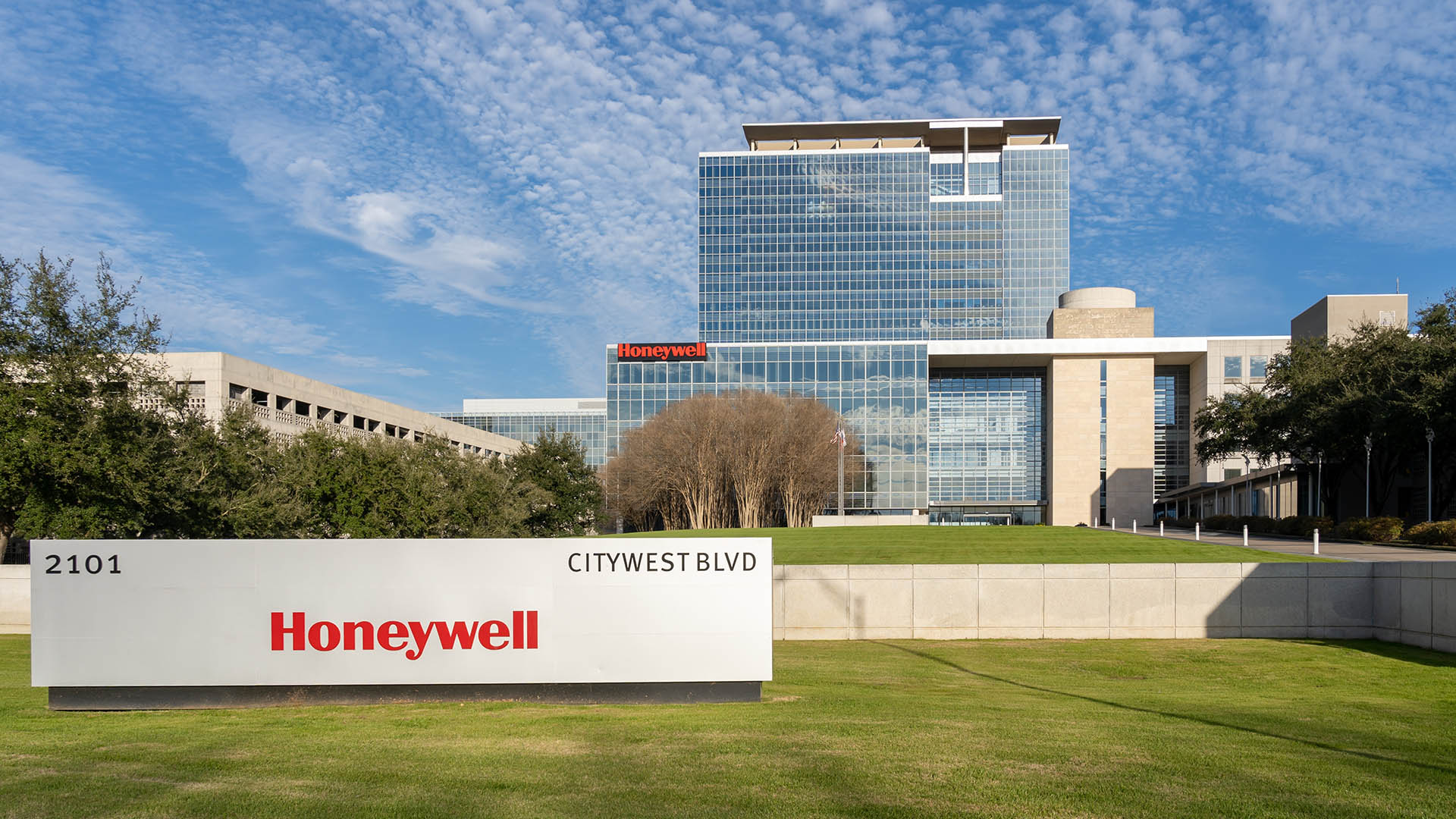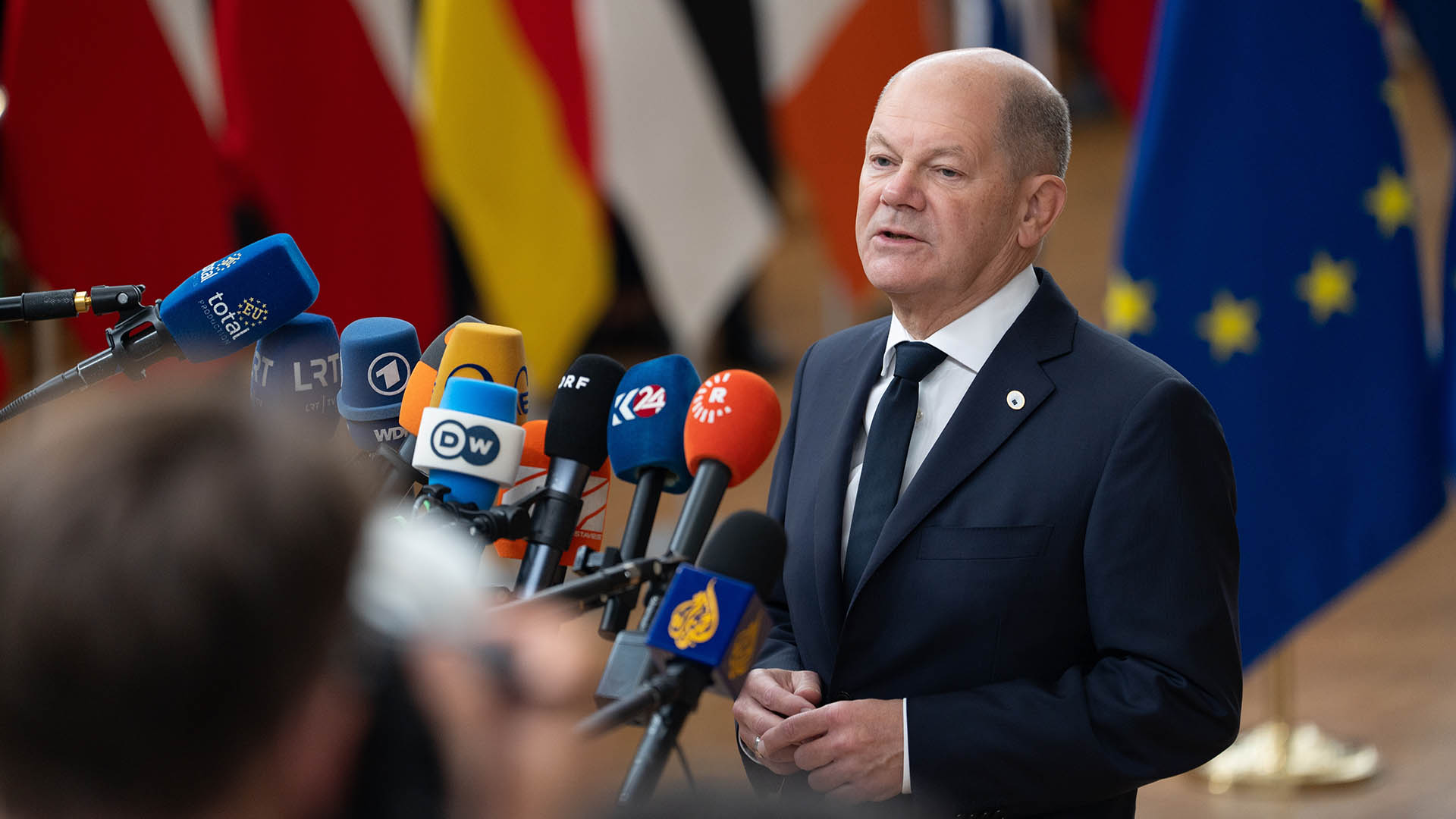South Korea’s central bank has again cut its key interest rate as the domestic economy and exports continue to sag.
The Bank of Korea’s monetary policy board trimmed the base rate by 25 basis points to 1.25% in a 5-2 vote – perhaps suggesting there won’t be another cut this year.
That marches the record low set at the end of 2017 for Australia’s third-biggest trading partner.
The South Korean economy is being whacked by the fallout from the Trump-China trade war and a separate trade dispute with Japan which is a major trading partner.
Wednesday’s cut follows a similar-sized trim in July (when the Reserve Bank of Australia also revealed what turned out to be the second of its three cuts this year).
“There is still room for us to respond to changing financial and economic conditions,” BOK Governor Lee Ju-Yeol told a news conference, adding global uncertainties remained high despite some signs of hope in the world economy, according to a report from Reuters.
He said Asia’s fourth-largest economy would probably miss the central bank’s latest growth forecast of 2.2% this year and that the central bank would release new projections when it updates its forecasts in late November.
The BOK’s move comes amid a wave of monetary easing globally by central banks, including by the RBA, RBNZ, European Central Bank, US Federal Reserve, as economies around the world slow.
Economists say the two rate cuts are a reaction South Korea’s economic growth has tumbled in recent quarters, hit by cooling global demand and the prolonged U.S.-China tariff war, due to its heavy reliance on the export of chips, cars and ships.
Market forecasts for South Korea’s 2019 economic growth are as low as 1.6%, compared with the central bank’s 2.2% projecting a drop from actual growth of 2.7% last year.
The International Monetary Fund this week lopped South Korea’s 2019 and 2020 economic growth forecasts by 0.6 of a percentage point each to 2.0% and 2.2%, respectively (still stronger than Australia’s 1.7%)
The economy grew just 1.9% in the first half of this year from a year earlier, down from the 2.5% gain in the second half of last year and a 2.8% rise in the first half of 2018.
And unlike China deflation has emerged in South Korean consumer prices which in September posted their first annual drop in the country’s modern history.
The central bank said Wednesday that import prices fell in September for a fourth consecutive month from a year earlier, the longest losing streak since late 2016.













